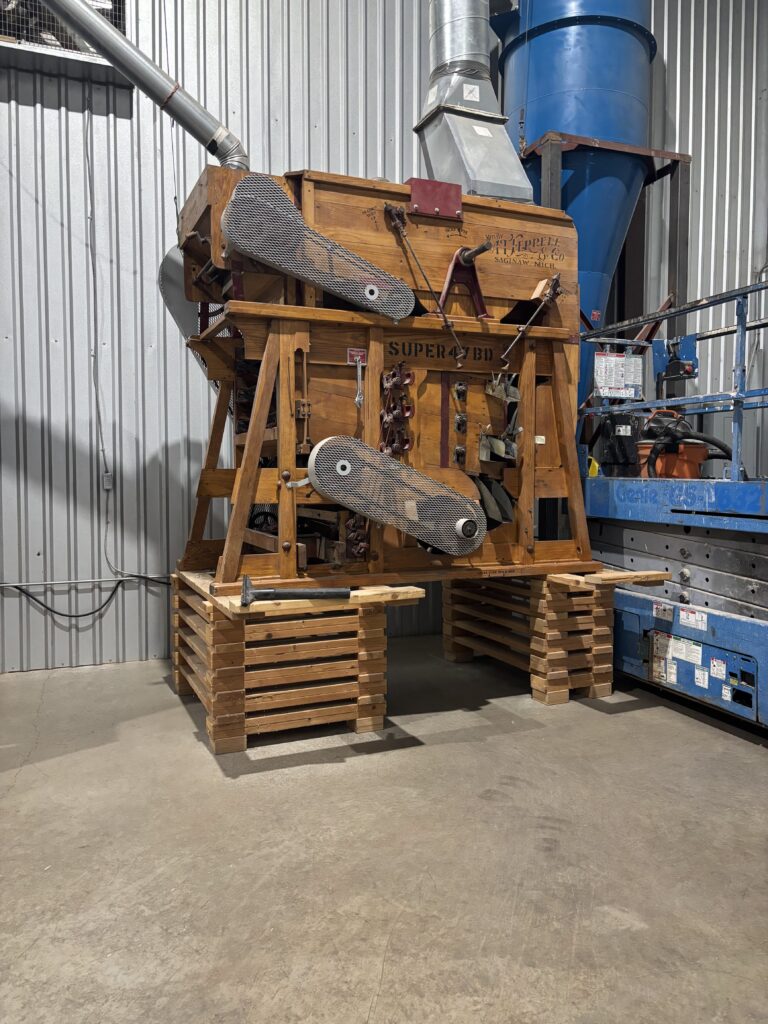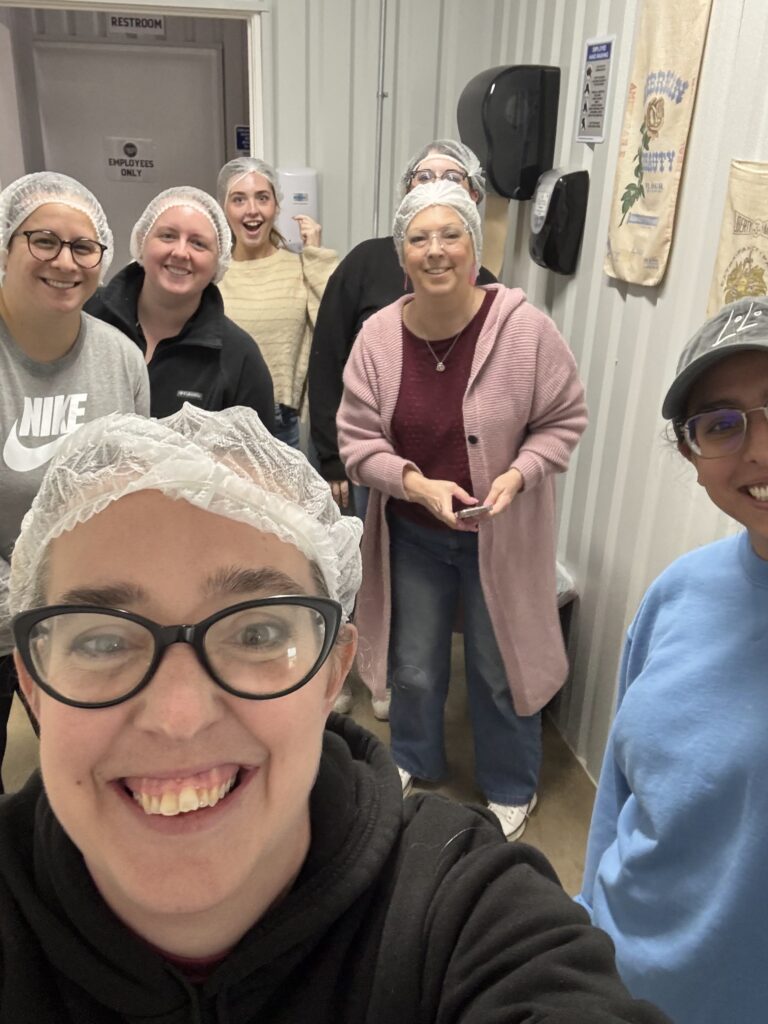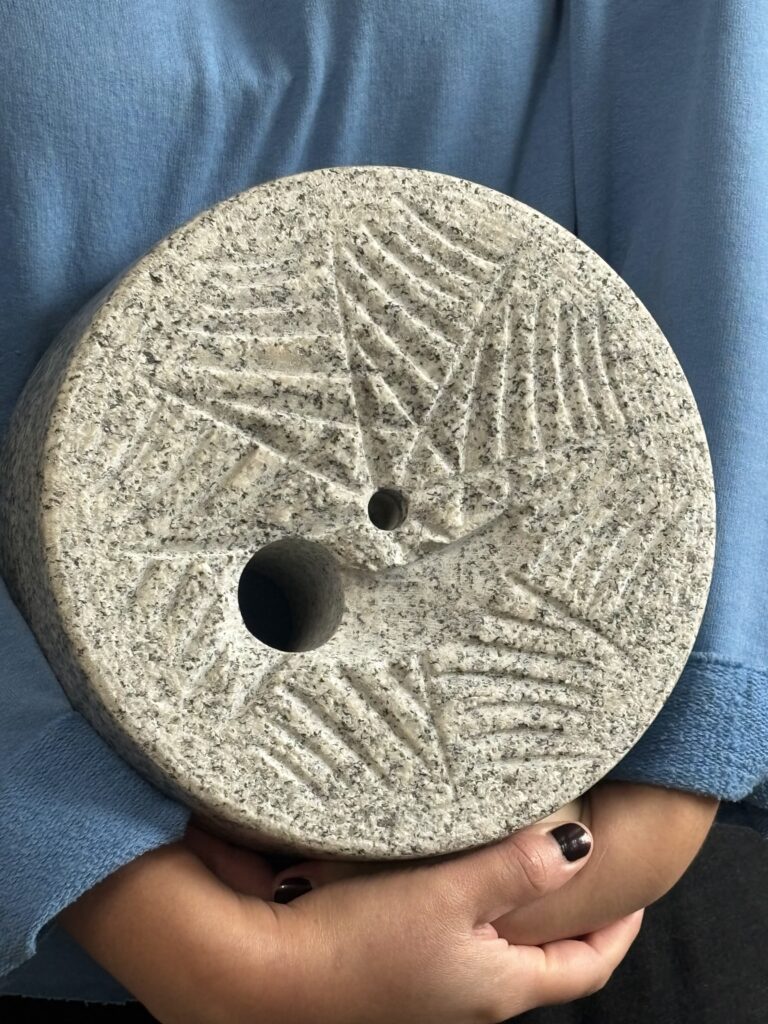Barton Springs Mill: An Exciting Take on Flour
If you’re even a little bit into baking, you know that great bread starts with great flour. That’s exactly what led James Brown, a former church musician, to start Barton Springs Mill.
After years of baking, he realized that even the best techniques and ingredients couldn’t make up for subpar flour. So, he set out on a mission to bring back the lost grains of Texas.
The Birth of Barton Springs Mill
Brown didn’t just decide to buy better flour—he decided to make it himself. He visited mills, took classes, and even sold musical instruments to fund his first stone mill. He tracked down heirloom seed stock from Canada and the western U.S., then partnered with Texas farmers to bring these grains back to life. Barton Springs Mill is now at the forefront of a national movement to revive local grains.
heirloom vs. landrace: an in-depth definition
While heirloom and landrace grains are often used interchangeably, there are some key differences:
- Heirloom Grains: These are older, open-pollinated varieties that have been passed down through generations without being significantly altered by modern breeding. They were commonly grown before industrial agriculture prioritized high-yield, disease-resistant hybrids. Think of them like heirloom tomatoes—preserved for their unique flavors, colors, and characteristics.
- Landrace Grains: These are even more region-specific. They naturally adapt to the local environment over generations, meaning they develop unique traits based on the climate, soil, and farming practices where they’re grown. Landrace grains tend to be more genetically diverse than heirloom varieties because they evolve naturally rather than being selectively bred.
In short, all landrace grains are heirlooms, but not all heirlooms are landrace grains. Landrace grains are uniquely tied to the region they’ve adapted to, while heirloom grains are older, traditional varieties that have been preserved for their qualities.
For example, Turkey Red wheat is an heirloom variety because it has been grown for centuries, but if a farmer grows it in Texas and it starts adapting to the local climate over generations, it could eventually become a landrace grain for that region.
That’s part of what makes Barton Springs Mill so exciting—they’re working to bring back both heirloom and landrace grains that once thrived in Texas!
What Makes Barton Springs Mill Different?
Barton Springs Mill isn’t just about flour; it’s about history, health, and flavor. The mill sources and stocks its own seeds, working with farmers to grow grains that haven’t been seen in Texas fields for nearly a century.
When Brown started, there was one farmer who was so excited about what he was doing, he insisted on working with him.
The result? Flour that’s packed with flavor, rich in nutrients, and perfect for everything from sourdough to tortillas.
The milling process itself is part of the magic. The grains are stone-ground between two massive, imported Austrian millstones, preserving their oils and nutrients. They also run a hammer mill three days a week to produce grains for local distilleries and breweries.
Barton Springs Mill & Texas Distilleries
It’s not just bakers who are excited about these grains—distillers are, too. Treaty Oak Distilling, just down the road, sources grains from Barton Springs Mill to make bourbon, rye, and a lineup of whiskeys featuring heirloom corn varieties like Bloody Butcher Red and Oaxacan Green.



Visit & Taste for Yourself
Want to see the magic happen? Sign up for a tour! You start in the classroom and go through every section of the milling building. It is interesting to see it all first hand. My favorite part was the seed cleaning machine which immediately drew my attention because of Food, Inc. (This is what Monsanto was suing Moe Parr for using).
If you come on the right day, you can also grab a bite at Abby Jane Bakeshop, which exclusively uses Barton Springs Mill flours in its pastries and breads. While there, be sure to peek through the large window that separates the bakery from the milling room
Better yet, grab some of their flour. With over 20 varieties of grains—each chosen for its flavor, color, and texture—Barton Springs Mill is bringing back the richness of Texas’ grain-growing past. Use it to bake our sourdough sandwich bread recipe.
Need More Recipe Ideas?
Be sure to check out our entire selection of delicious recipes here.
